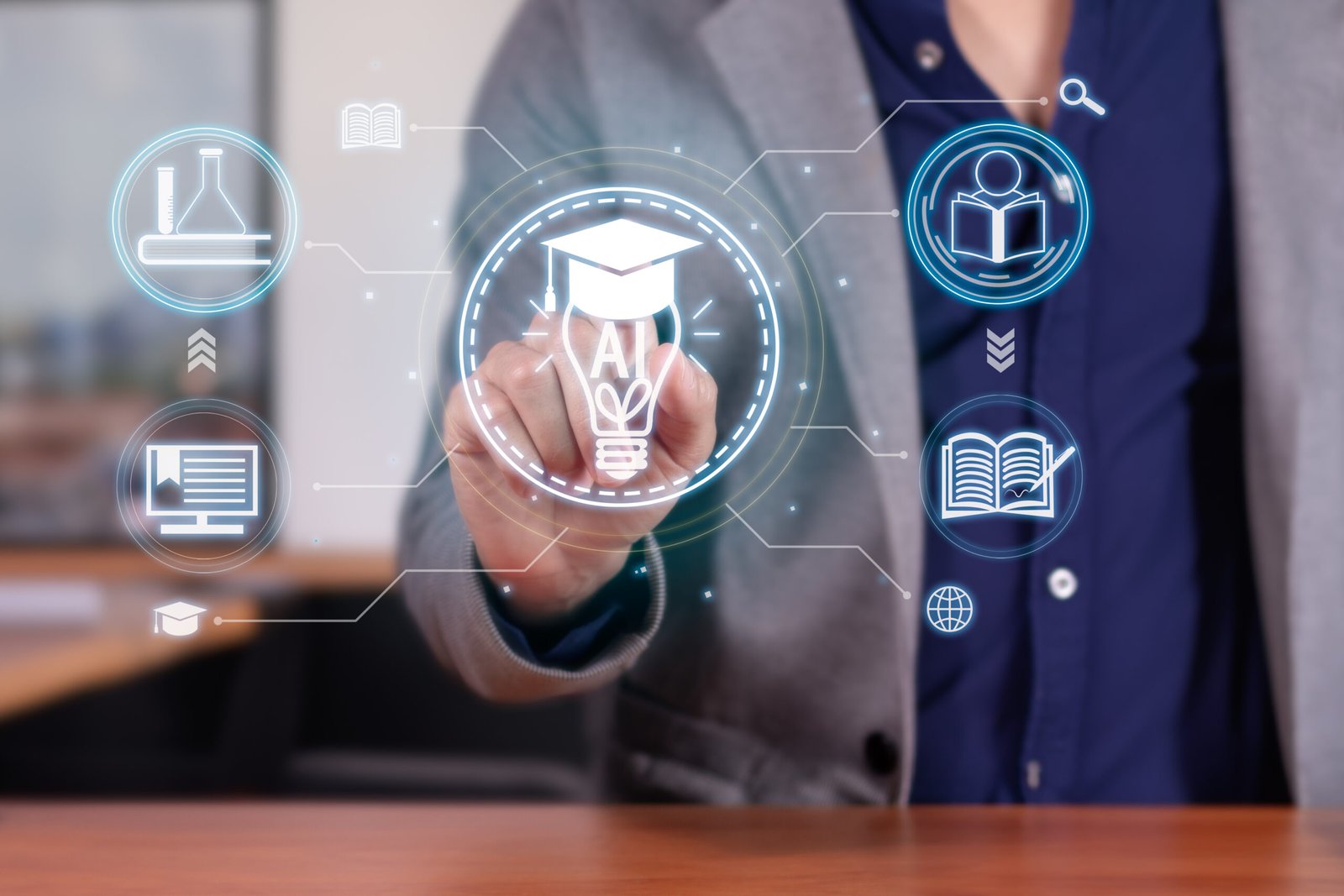The Role of IOT in Modernising Education
The role of technology in education has only been on the rise, and the same can be said about IOT devices. The pandemic reinstated the value of Internet of Things solutions. IOT was pivotal in this transition, ensuring students could continue their education.
The education sector is undergoing a transformation, and IOT is at the center of it. Let’s see how in this blog.
What is IoT?
The Internet of Things, or IoT, is a system of interconnected (networked) devices that can communicate with each other, sharing information. It includes sensors, cameras, robots, and user interfaces such as mobile phones.
The Role of IOT in Modernising Education
Accessibility
Technology like computers, computer peripherals, electronic kits, audio-visual devices, mechanical devices, and the Internet of Things makes education more accessible to a wider range of students.
These platforms provide access to education for people who may not have had access to traditional education due to geographical, physical, or financial boundaries. Educational materials and classes can also be easily accessed via online platforms.
Interactivity
Technology enhances communication and interaction between students and teachers, making learning materials more dynamic and engaging. For example, beginners in coding can test their programs online, and students can use applications for virtual experimentation before creating physical prototypes. Some schools even have 3D printers for students to prototype designs or create models.
Collaboration
Technology makes it possible to collaborate at various levels, both online and face-to-face. Students can work together on research papers using cloud storage platforms like Google Drive, allowing real-time editing and information sharing among group members.
What are the benefits of IoT?
The main benefit of teaching IoT in today’s classroom is that students are learning crucial skills they’ll need in the future, whether that’s at work or at home.
1.Easy accessibility to resources
IoT technology simplifies access to resources such as databases and printers. Depending on the user’s security level, certain resources can be accessed without lengthy approval processes. For example, students can borrow lab equipment through an online inventory system, eliminating paperwork.
2. Remote monitoring
IoT enables remote monitoring of educational institutions and facilities. For instance, laboratory experiments requiring constant evaluation can be monitored by students and teachers through cameras and sensors, facilitating continuous learning and oversight.
3. Security
Schools can also benefit from the Internet of Things in several ways. For example, it can help make the school more secure. Affordable and user-friendly CCTV systems can be accessed through mobile devices to make security monitoring more efficient. Schools can also integrate and automate electricity use, becoming more energy efficient.
IoT is playing a transformative role in modernising education by enhancing accessibility, interactivity, and collaboration. Its integration into the educational environment not only prepares students with essential skills for the future but also improves school security, cost efficiency, and accessibility.
As technology continues to advance, the potential for IoT in education will only expand, fostering innovative and efficient learning experiences.





Comments are closed